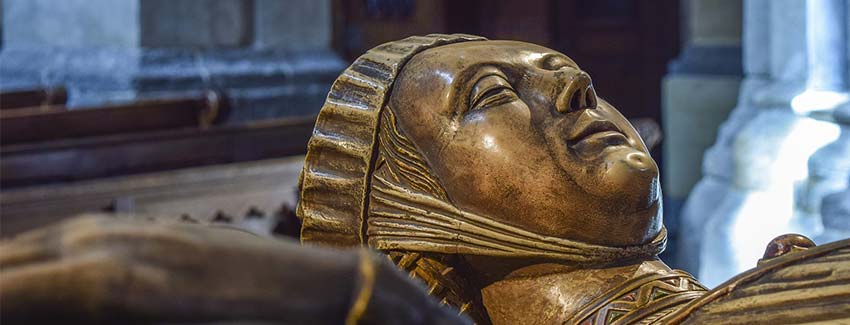
What happens when we die? While we can’t pretend to have all the answers, we can address the physical aspects of the question, especially when it comes to human decomposition. If you are uncomfortable about reading some details of the physical process of human decomposition, we would suggest you move your attention elsewhere. This article contains some graphic descriptions. If however, you want to know what happens to a human body if it is not attended to in the days and weeks following a death, feel free to read on.
What is Human Decomposition?
Human decomposition is a natural, organic process of the breakdown of the human body following death. Decomposition is impacted by a number of factors including air moisture and temperature, pH and oxygen levels and the cause of death. Bodies, for example, will decompose in heat at a faster rate than in colder temps, which is why bodies in a morgue are kept refrigerated.
Four Stages of Human Decomposition
While outside factors will impact the rate of decomposition, all human bodies go through four distinct stages of human decomposition.
Stage One: Self-Digestion
As soon as breathing and blood circulation ceases, decomposition begins. An acidic environment is created which begins to rupture and destroy cells. Internal organs begin to decompose and muscles begin to stiffen after three to six hours. Muscles stiffen to their peak at about 12 hours. At this point blisters appear on internal organs an on the skin, sometimes providing a sheen on the skin. By three days, internal organs have decomposed.
Stage Two: Bloating
From three to five days after death, the body will begin to bloat from gasses produced from internal decomposition. The body could actually double in size and turn a greenish color. Extremely unpleasant and long-lasting odors called putrification begins. Blood and foam will begin to seep from the mouth. Insects often contribute to decomposition in this stage.
Stage Three: Decay
Active decay begins in the period between a week to 10 days following death. Fluids evacuate from the body’s orifices and muscles and other soft tissues begin to liquefy. Teeth and nails will fall out in the coming weeks and as the body liquefies, it will lead to a reduction in insect activity. The body will turn from green to red.
Stage Four: Skeletonization
In the period from about a month to a year after death, skeletonization occurs, in which ultimately, only the dry skeletal remains will be left behind.
Preparing a body for viewing and delaying human composition is a critical part of being a funeral director. It is just a part of the important services we provide at Fares J. Radel Funeral Homes & Crematory. It is understandable that not everyone wants to know all the details involving a death. If you have any questions, please feel free to contact us.


Post a comment